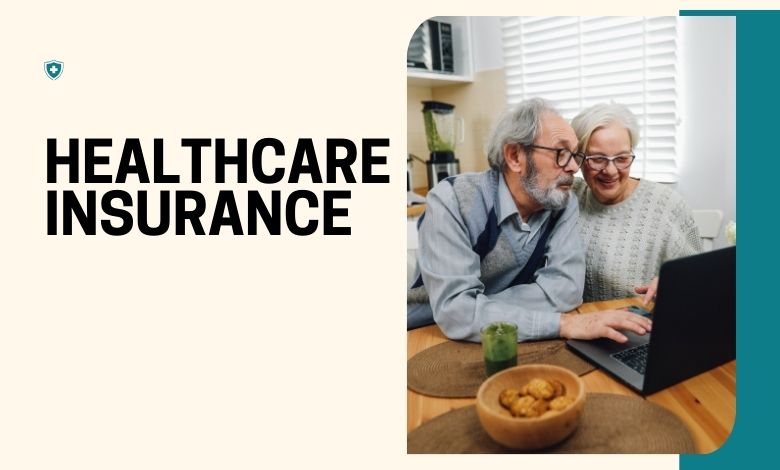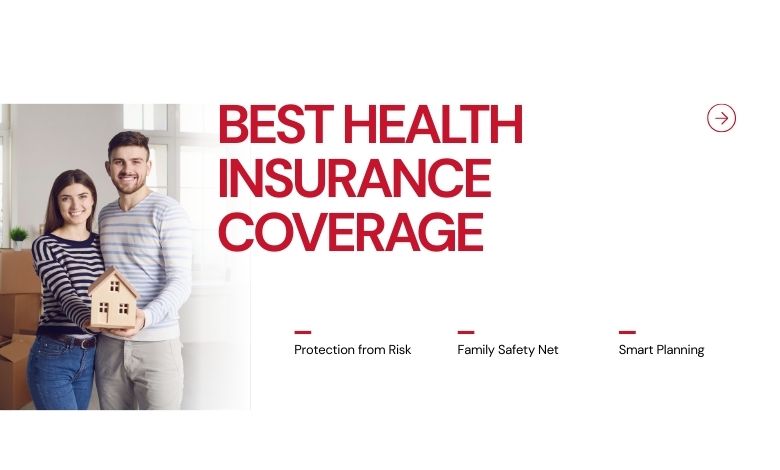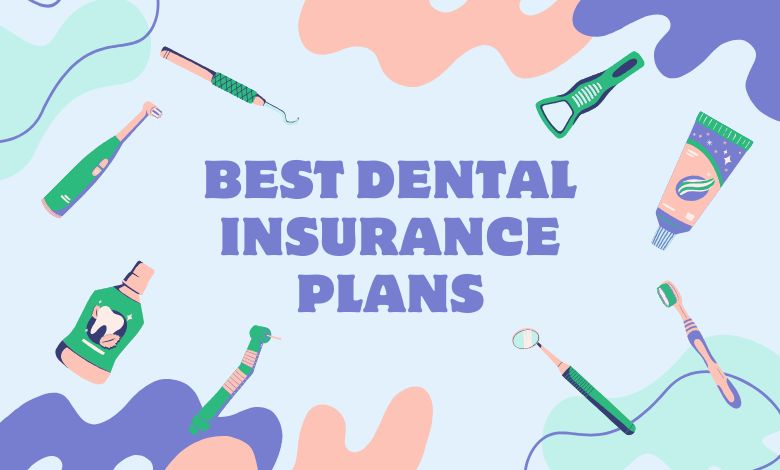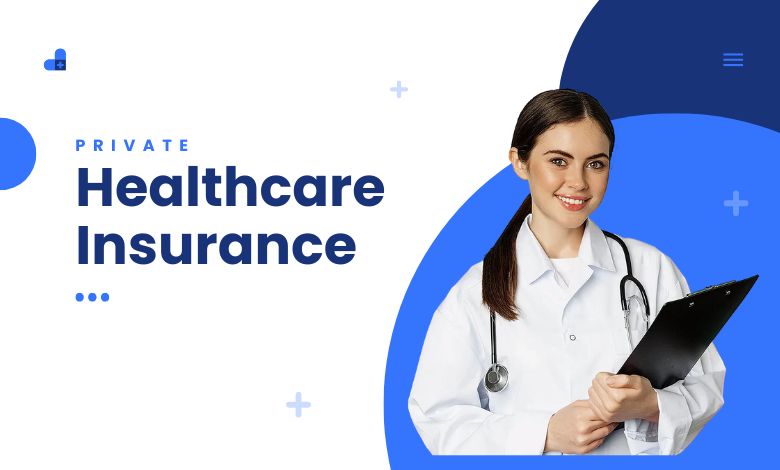Health insurance in the United States is often linked to employment. For millions of people, losing a job or being self-employed can lead to uncertainty about accessing affordable medical coverage. In 2025, with healthcare costs continuing to rise, securing health insurance without a job in the USA is one of the most pressing concerns for individuals and families.
This guide explores the best options available, eligibility criteria, and practical steps to ensure that even without employer-sponsored insurance, you can stay protected.
Why Health Insurance Matters Even Without a Job
Healthcare costs in the USA are among the highest in the world. A single emergency room visit can cost thousands of dollars, and long-term treatments such as chemotherapy or surgery can lead to overwhelming debt. Health insurance protects you from:
- High Medical Bills – Coverage reduces out-of-pocket costs for hospital visits, prescriptions, and preventive care.
- Access to Care – Insured individuals are more likely to receive timely treatment.
- Preventive Services – Insurance covers screenings, vaccinations, and annual check-ups.
- Peace of Mind – Knowing you are covered prevents financial strain during unexpected illnesses.
For those who are unemployed, understanding the available alternatives to employer-provided coverage is essential.
Options for Health Insurance Without a Job
1. Marketplace Health Insurance (Affordable Care Act Plans)
The Affordable Care Act (ACA), also known as Obamacare, established state and federal marketplaces where individuals can purchase health insurance.
- How It Works:
- You can buy coverage during the annual Open Enrollment period or after a job loss through a Special Enrollment Period (SEP).
- Premium subsidies (tax credits) are available depending on your income.
- Why It’s a Good Option:
- Wide range of plan levels (Bronze, Silver, Gold, Platinum).
- Subsidies can make premiums significantly cheaper.
- Coverage cannot be denied due to pre-existing conditions.
- Who Qualifies:
Anyone without employer-sponsored insurance, including unemployed individuals, freelancers, and part-time workers.
2. Medicaid
Medicaid is a joint federal and state program providing free or low-cost health coverage to low-income individuals.
- How It Works:
- Eligibility is based on income level, household size, and state rules.
- Expansion under the ACA has allowed more people to qualify, though not all states adopted it.
- Why It’s a Good Option:
- Comprehensive coverage, often with little to no premiums.
- Includes doctor visits, hospital stays, prescriptions, and preventive care.
- Who Qualifies:
Low-income individuals and families, people with disabilities, and in some cases, adults without children (depending on state).
3. COBRA Coverage (Continuation of Employer Insurance)
The Consolidated Omnibus Budget Reconciliation Act (COBRA) allows you to continue your employer-sponsored health insurance after job loss.
- How It Works:
- Available for up to 18 months (sometimes longer under certain conditions).
- You pay the full premium, including your employer’s portion plus an administrative fee.
- Why It’s a Good Option:
- You keep the same coverage and providers.
- Immediate continuation avoids coverage gaps.
- Drawbacks:
- Very expensive since employers no longer subsidize your premium.
4. Short-Term Health Insurance
Short-term plans provide temporary coverage, usually up to one year, with the option to renew.
- How It Works:
- Designed for transitional periods (e.g., between jobs).
- Premiums are lower but coverage is limited.
- Why It’s a Good Option:
- Affordable premiums.
- Quick approval and coverage can begin almost immediately.
- Drawbacks:
- Does not cover pre-existing conditions.
- Limited benefits compared to ACA-compliant plans.
5. Spouse’s or Parent’s Health Insurance
- How It Works:
- If your spouse has job-based insurance, you may be eligible to join their plan.
- Adults under 26 can stay on their parents’ plan under ACA rules.
- Why It’s a Good Option:
- Often more affordable than purchasing an individual plan.
- Convenient continuation of family coverage.
6. Health Sharing Plans (Faith-Based or Non-Profit Programs)
- How It Works:
- Members contribute monthly fees that are used to cover each other’s medical expenses.
- These are not traditional insurance but function similarly.
- Why It’s a Good Option:
- Often cheaper than regular insurance.
- Community support model.
- Drawbacks:
- Not regulated like insurance.
- May not cover certain procedures, medications, or pre-existing conditions.
7. Direct Primary Care (DPC) Memberships
Some people combine basic insurance with Direct Primary Care memberships.
- How It Works:
- Pay a flat monthly fee to a physician for unlimited primary care visits.
- Doesn’t replace insurance but reduces costs for routine care.
- Why It’s a Good Option:
- Affordable access to primary care without surprise bills.
- Ideal when paired with a high-deductible plan.
Factors to Consider When Choosing Health Insurance Without a Job
- Monthly Premiums vs. Deductibles – Low premiums often mean higher out-of-pocket costs.
- Coverage Needs – Consider whether you need ongoing prescriptions, mental health care, or maternity coverage.
- Provider Network – Ensure your preferred doctors and hospitals are included.
- Financial Assistance – Check eligibility for subsidies, Medicaid, or other assistance programs.
- Temporary vs. Long-Term Coverage – Short-term plans may fill a gap, but for long-term security, ACA or Medicaid may be better.
How to Apply for Health Insurance Without a Job
- Through the ACA Marketplace
- Visit Healthcare.gov or your state marketplace.
- Submit income and household details to check eligibility for subsidies.
- Medicaid Application
- Apply through your state’s Medicaid agency.
- Approval is usually faster for those who qualify.
- COBRA Enrollment
- Your employer or insurance administrator must notify you of eligibility.
- You have 60 days to decide.
- Private Insurers and Brokers
- Contact insurers directly or use licensed brokers for customized plans.
- Short-Term Plans
- Apply online with immediate approval in many cases.
Tips for Managing Health Insurance While Unemployed
- Calculate Your Budget – Factor insurance into monthly expenses.
- Seek Subsidies – Many unemployed people qualify for tax credits or Medicaid.
- Don’t Go Without Coverage – Even a short gap can lead to financial disaster if a medical emergency occurs.
- Explore Free or Low-Cost Clinics – Community health centers may provide affordable care.
- Consider Preventive Care – Regular check-ups can prevent larger expenses later.
The Future of Health Insurance Without a Job in the USA
In 2025, the landscape of health insurance for unemployed individuals is shifting due to:
- Expanded Medicaid in More States – More Americans may qualify for free coverage.
- Telehealth Integration – Remote care is included in most plans, improving access.
- Artificial Intelligence in Healthcare – AI tools help reduce costs and improve efficiency.
- Policy Reforms – Ongoing debates in Congress about expanding coverage options for gig workers and freelancers.
Final Thoughts
Being unemployed in the USA does not mean you have to go without health insurance. Options like ACA Marketplace plans, Medicaid, COBRA, short-term policies, or spouse/parent coverage make it possible to stay protected even during financial hardship. The right choice depends on your income, medical needs, and future employment outlook.
In 2025, the key to securing affordable coverage is exploring every option, checking eligibility for subsidies, and not delaying enrollment after losing a job. Health insurance is not just a financial decision—it’s a safeguard for your health and well-being.



